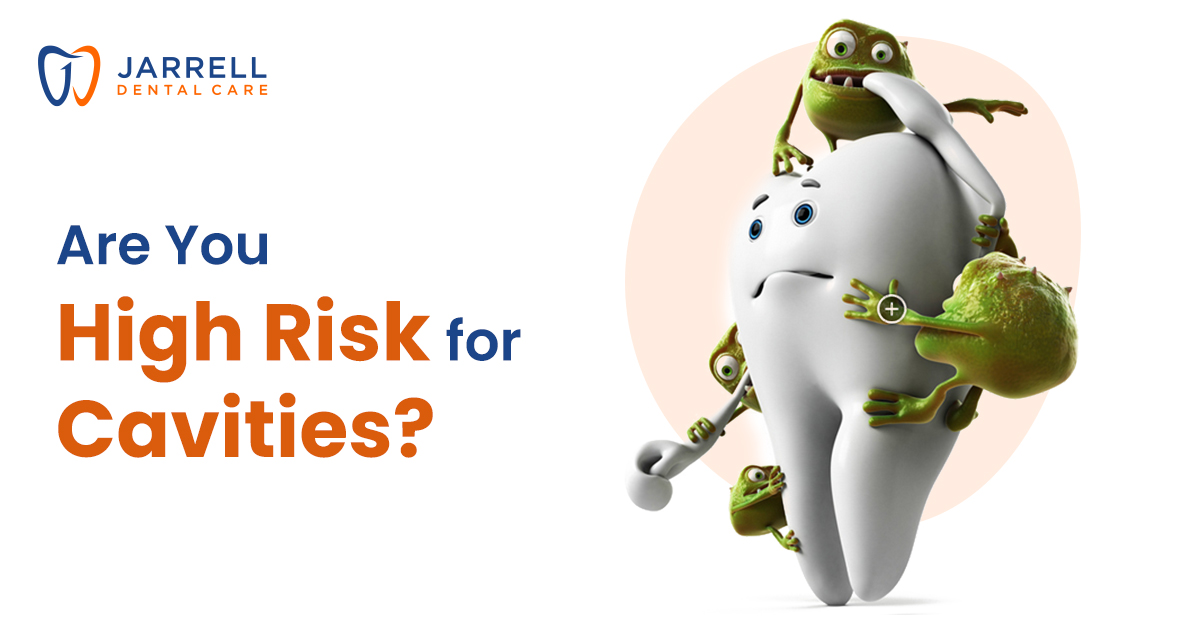Cavities are often reported by patients who claim they never get cavities, but this is a common misconception. Cavities are more common in certain individuals, and understanding one’s caries risk can help prevent or eliminate cavities.
What Are the Signs of a Cavity?
Early stage cavities, invisible to the human eye, form in tooth spaces between teeth. They are large and should be treated promptly. Detecting early stage cavities can reduce treatment costs and scope.
If you experience symptoms like a significant cavity needing filling, a dark, food-catching spot between teeth, persistent sensitivity to heat, cold, or sugar, or severe, stabbing pain in one tooth, it’s crucial to visit the dentist.
What Makes Certain People More Prone to Cavities?
Cavities are influenced by various factors, including the presence of healthy dental enamel, acidic mouth pH, and poor dental hygiene.
Healthy enamel is the strongest substance in the human body, but some individuals have fragile and thin enamel due to hereditary abnormalities or chewing. Children’s enamel is thinner, making cavities more common.
Saliva, a natural defense against cavities, is essential for strengthening enamel and protecting teeth from acid attacks. Dry mouth and lack of healthy saliva are significant risk factors. Acidic mouth pH increases the likelihood of cavities due to erosion of tooth enamel and allowing germs to infiltrate the mouth.
Consuming carbonated drinks, coffee, or fruit juices can also increase the risk of cavities. Plaque, a form of dental disease, can be prevented by proper dental hygiene and regular flossing.
Consuming nuts and cheese can help stave off tooth decay. Moreover, more cavities can form in a person’s mouth due to damaged enamel, even with well-executed dental procedures.
How Can Someone Find Out If They are at Risk for Cavities?
CAMBRA, or Caries Management By Risk Assessment, helps dental professionals assess a patient’s susceptibility to caries development. Low-risk individuals can maintain their status through regular maintenance, including dental checkups, healthy eating habits, and managing dry mouth. Those at moderate risk should improve oral health through home care, fluoride treatments, and sugar reduction. High-risk individuals should adopt an aggressive preventative approach, reassessing habits, visiting dentists more frequently, and implementing preventative treatments like fluoride. Regularly removing plaque and monitoring pH levels can help reduce cavity risk. For personalized care, just visit Jarrell Dental Care.
Ways to Reduce Risk of Cavities
Tooth decay is a common issue that can be prevented through several factors.
- To strengthen your dental enamel, incorporate fluoride into your regular dental care regimen and have it applied in-office.
- Maintaining adequate hydration is crucial, as dehydration prevents saliva production. Maintaining a neutral oral pH level is essential, especially for those with dry mouth issues all of this makes drinking plenty of water very essential.
- Regular brushing and flossing are essential for removing plaque from teeth. Limiting sugar intake and consuming simple carbohydrates and sweets with meals can help reduce the incidence of cavities.
- Prior dental work can be necessary for restorations, and regular checkups can detect problems before they become major.
- Good oral hygiene can increase the chances of avoiding cavities.
- It’s important to remember that your habits and actions greatly affect the longevity of your dental work.
Conclusion
Adopt healthier habits and establish good oral hygiene practices at a young age to prevent cavities and maintain good dental health. Resolve to make up for missed good oral health habits and start a tooth care routine to maintain healthy teeth and gums.


